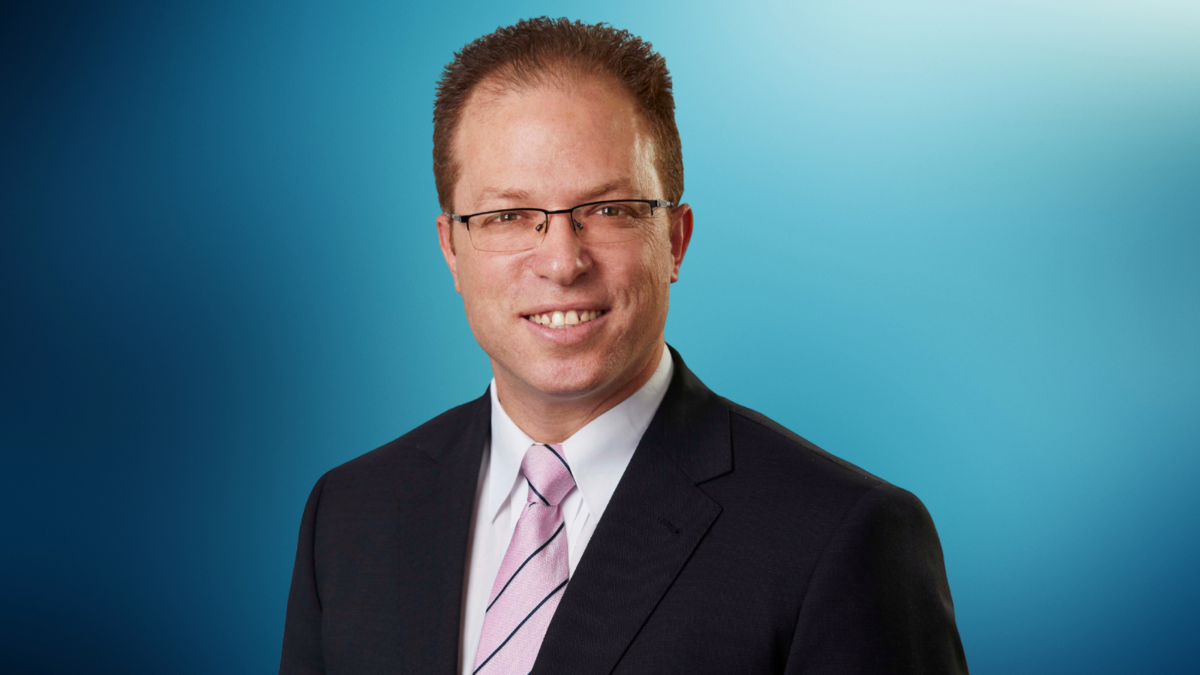For funds, one big question remains: Who’s really keeping an eye on internalisation?
“I do think that Australia continues to beat the world in many dimensions of superannuation design,” Frontier director of sector research Paul Newfield tells ISN. “There’s some elements of our system that could be better, but we’ve got one of the largest defined contribution systems in the world and one of the most retail-ised, with members getting a choice of which provider they use. It’s a highly competitive landscape, and we’re leading in terms of internalisation.”
That doesn’t mean there’s not a lot more to do on that latter front. A recent paper by Newfield highlighted that super funds still have a long way to go on how they monitor their internal teams. Frontier found that many internal teams are only subject to “light touch” assessment that doesn’t match the level of scrutiny applied to an external manager. And the investment models that underpin decision making are sometimes poorly understood at the trustee and investment committee level, creating a potentially greater risk than that originating from poorly-supervised investment teams.
“If you look at the risk control of super funds I would suspect – suspect – that it’s behind the banking framework that’s enforced today globally,” Newfield says.
Frontier has previously released its internalisation research on an ad hoc basis but consolidated it in an October paper to reveal “the lay of the land”. There’s little public data about how super funds manage their managers, and the paper represents one of the first proper (public) investigations into how funds oversee their internal investment teams and models. It’s been warmly received by funds, academics and – of course – fund managers.
“As you internalise more there’s not as much easy information to come by and there seems to still be a variety of different approaches that different funds take,” Newfield says. “Some funds are doing reasonably good things, but as a whole the area warrants more focussed attention. Those that are doing it well can keep going in that direction, and those that aren’t are somewhat oblivious to the risks that are being borne.”
Like a lot of good points, the ones Newfield made seem somewhat obvious in hindsight: super funds should have systems in place to judge how well their investment teams are performing while making sure that the investment models they use are not becoming so complex as to be incomprehensible. I’s worth asking why those points weren’t made when funds were just setting out on their internalisation journeys.
“It’s a natural function of system maturity,” Newfield says. “In the early days the system was a lot smaller and the assets that were being internalised were a smaller proportion of the asset allocation as well as the total market.
“They were generally the simpler, lower-cost strategies that were less risky, less abstract and less sophisticated, and a fund might only have one or two of them internalised; it was relatively easy to keep an eye on it from arm’s length when your internal team was quite small and your risk and compliance department sat next door.”
But as funds have grown exponentially over the last 10-15 years with the advent of MySuper and the ongoing consolidation trend, they now sometimes have dozens of internalised strategies run by people sitting in different geographies and who didn’t grow up in a “uniform cohort that all know each other”.
“All of that has contributed to this bigger challenge of overseeing the teams,” Newfield says. “And you do need greater oversight of the teams. Not because they’re doing anything wrong – in fact, everything may well be alright. But as the trustee, how do you know that without doing the proper work?”
“The better funds have started but not completed a roadmap. Some of the ones we’ve worked with have set up a consistent framework for developing and overseeing a model, and have documents specifying who built it and knows it and what it’s used for and how often it will be reviewed. They’ve thought about it before we’ve stepped in, but there are many funds that haven’t started that journey at all.”
At home and away, internalisation of asset management tends to occur in cycles. Internal teams have sometimes been spun out into standalone asset managers, while funds have reverted back to externalised investment models when their own people failed to deliver. Funds could bring almost anything in-house if they want to, Newfield says, but that requires “an honest reflection and a full reflection” of the competitive advantage they already have and what they might gain by doing so.
“It’s a question of whether the things you gain are worth more than the things you give up,” Newfield says. “But once you’ve executed that decision, how do you properly monitor it and how do you monitor the risk that might transpire in a worst case scenario?
“If you’ve got a star portfolio manager, what happens if they leave? What if the whole team is so fantastic that they walk tomorrow because a fund manager offers them three times the money? Who manages that money? Is there an absolutely clear, definitive plan of what should transpire? I don’t know that there is in every case.”











